Managing moisture content in crawl space wood is essential for preventing mold, rot, and structural damage. But what exactly is an acceptable level of moisture in the wood, and why does it matter? Understanding and maintaining the right wood moisture content can help keep your crawl space healthy and ensure the longevity of your home’s structure. In this article, we’ll cover the ideal moisture levels, what happens if they get too high or low, and how you can maintain those levels effectively.
Ideal Crawl Space Wood Moisture Levels
Most research agrees that the ideal moisture content in crawl space wood should range between 10% and 16%. This range allows the wood to stay in a balanced, natural state without supporting mold growth or decay. Wood, like many other materials, naturally absorbs moisture from the surrounding air, which causes its moisture content to fluctuate. Maintaining the right balance is essential for preventing both excessive drying and excess moisture, both of which can cause problems.
Why Should Wood Moisture Stay Between 10% and 16%?
Wood moisture in the 10%-16% range aligns with the natural moisture content of wood in most outdoor environments. According to a study by the Forest Products Laboratory (USDA), this moisture range generally holds true throughout the United States, regardless of climate variations. This range ensures the wood remains sturdy without encouraging the growth of mold or decay-producing organisms.
However, if the moisture level exceeds 19%, wood can begin to support mold growth. This is the threshold where rot and structural decay can set in. Therefore, maintaining moisture below 20% is critical for crawl spaces. Allowing the moisture level to rise above this threshold can compromise not only the health of your crawl space but also the integrity of your home’s foundation.

What Happens if the Wood Moisture Content is Too High?
When the wood moisture content rises above the 19% threshold, problems can quickly arise. Higher moisture levels create an environment where mold can flourish, potentially leading to poor indoor air quality and health issues for residents. Additionally, moisture levels beyond 20% can cause wood rot, compromising the structural stability of your home.
Here are the two main concerns with high moisture levels:
-
Mold and Fungal Growth: Moisture levels exceeding 19% provide the ideal conditions for mold and mildew to grow. Once mold starts to spread, it can worsen air quality inside your home, posing health risks, particularly for people with respiratory conditions.
-
Wood Rot and Decay: Long-term exposure to high moisture content allows for the development of decay-producing organisms. Over time, this can lead to wood rot, weakening your crawl space's support structures, which can be a costly and dangerous problem to fix.
What Happens if the Moisture Content is Too Low?
While high moisture levels are more concerning, keeping moisture levels too low can also have negative effects. If moisture levels drop below 10%, especially for an extended period, wood can become overly dry, leading to cracks and splits. This can be particularly problematic for hardwood floors or any exposed wood in the crawl space, which may lead to costly repairs.
A crawl space that is too dry may be an indication that the dehumidifier settings are too low, causing the air to draw too much moisture out of the wood. Striking a balance between too much and too little moisture is key to maintaining healthy wood and avoiding expensive structural damage.
Relationship Between Wood Moisture, Humidity, and Temperature
Wood moisture levels are directly influenced by both the humidity and temperature of the crawl space. Maintaining a stable environment is crucial to keeping the moisture content within the desired range. But how does this work exactly?
At 70 degrees Fahrenheit, wood moisture content adjusts to relative humidity. For example:
-
At 10% humidity, the moisture content of wood is approximately 2.5%.
-
At 50% humidity, the moisture content is roughly 9.2%.
-
At 80% humidity, it reaches around 16%.
The healthy wood moisture range of 10%-16% typically occurs when the relative humidity is between 55% and 75%. If the humidity rises above this, the wood moisture level will climb, creating the risk of mold and rot.
Related reading: 5 Signs Your Home Has a Humidity Problem and What to Do About It
Why Temperature Matters
Temperature plays a crucial role in moisture content. Wood reacts differently to humidity levels depending on the temperature. For instance, at lower temperatures, wood may absorb less moisture from the air, while higher temperatures might increase its absorption rate. Ensuring your crawl space remains at a moderate temperature is important for regulating humidity and maintaining the right moisture content in the wood.

Recommended Relative Humidity Levels for Crawl Spaces
Maintaining an appropriate humidity level in your crawl space is vital for controlling wood moisture. While indoor living spaces should have relative humidity between 30% and 50%, crawl spaces are different. For a healthy crawl space, you want the humidity to stay between 55% and 75%, with occasional fluctuations.
If the humidity drops below 55%, wood may dry out too much, while levels above 75% will likely lead to excess moisture and potential mold growth. It’s essential to monitor the relative humidity in your crawl space, as small fluctuations over time can have a significant impact on the wood moisture content.
How to Control Crawl Space Wood Moisture Levels
Now that you understand the importance of maintaining proper wood moisture levels, let’s explore how to control these conditions in your crawl space. One of the most effective ways to manage wood moisture is by improving ventilation and air circulation in your crawl space. This is where Abestorm's VentirPro crawl space fans come into play.
The Best Dehumidifier for Your Crawlspace
We recommend the Guardian SN series of dehumidifiers.The Guardian SN90, SNS90, SN55, SNS65, SN55S, SNS65S, SNS100, SNS120, and SN35P are excellent at keeping your crawlspace humid. The digital panel allows you to set the dehumidifier to the desired humidity level and then leave it alone. Dehumidifiers require maintenance every 6 months to keep them running efficiently and to ensure their longevity. Check out the Abestorm dehumidifier in our shop for more information.
Final Thoughts
Keeping crawl space wood moisture levels between 10% and 16% is crucial for preventing mold growth, wood decay, and structural damage. By managing the humidity and temperature in your crawl space, you can keep the wood at a healthy moisture level and protect your home’s foundation.
Investing in high-quality crawl space ventilation, like is one of the most effective ways to control wood moisture and maintain a dry, healthy crawl space. These fans offer a reliable, efficient, and easy-to-install solution that ensures your crawl space stays well-ventilated and within the ideal moisture range.
Don't wait until moisture problems escalate—take proactive steps now to ensure your crawl space remains dry and your home’s structure intact.

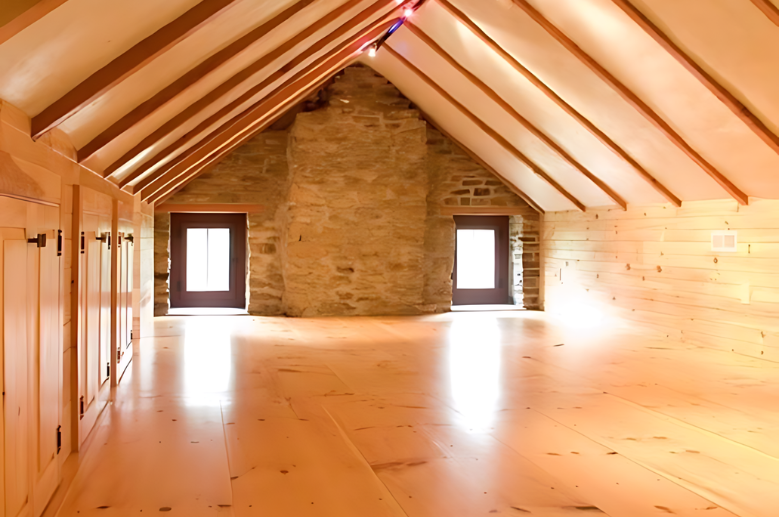

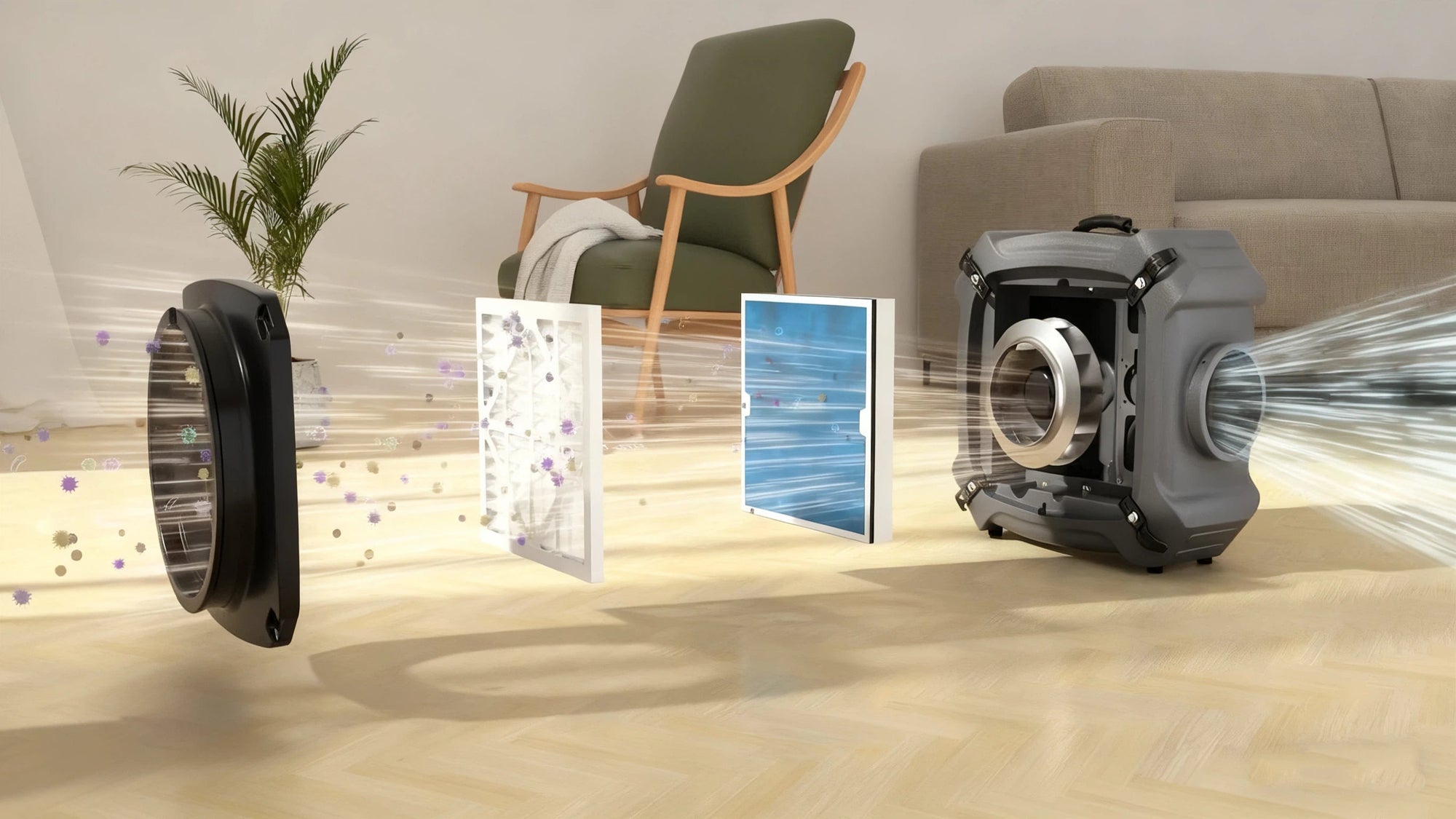
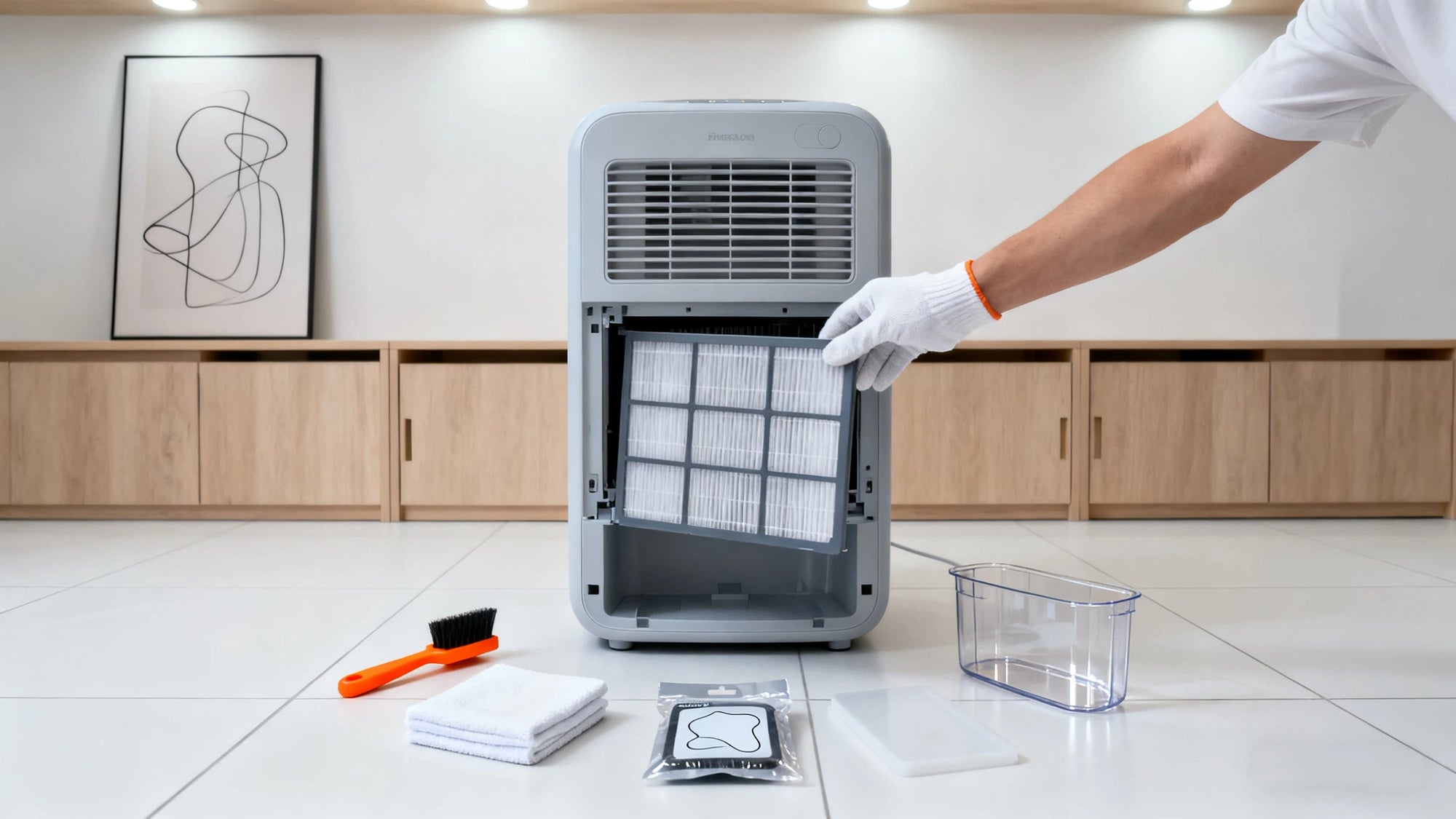


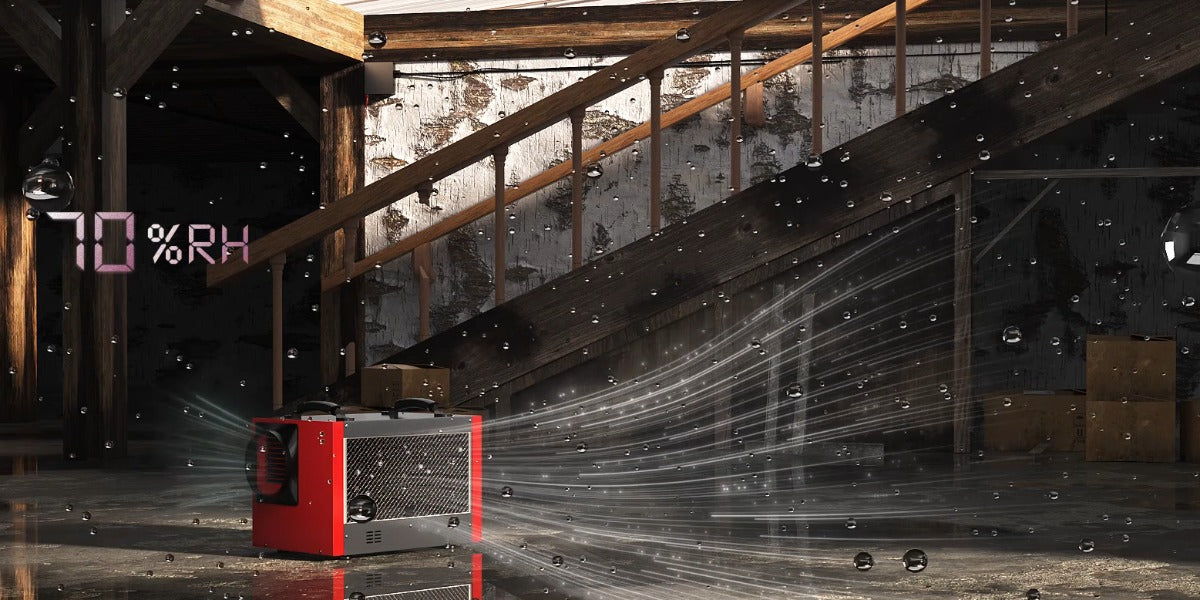
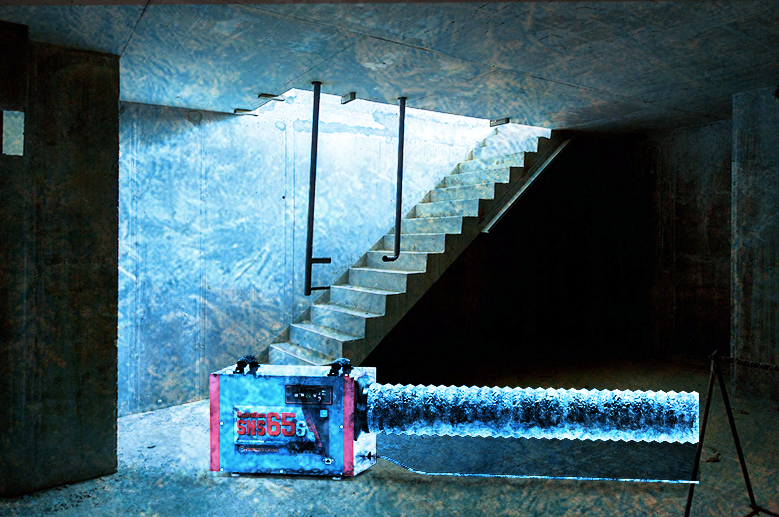
Shop For Dehumidifier
Abestorm 170 PPD 2,100 Sq.Ft Commercial Dehumidifier with Pump and Drain Hose | Hurricane 800
Abestorm 180 PPD 2,300 Sq.Ft Commercial Dehumidifier with Pump and Drain Hose | Hurricane LGR85
Abestorm 180 PPD 2,300 Sq.Ft Smart WIFI Commercial Dehumidifier with Pump and Drain Hose | Hurricane LGR85-Grey (wifi app not available now)
Abestorm 264 PPD 3,000 Sq.Ft Commercial Dehumidifier with Pump and Drain Hose | Hurricane 125P